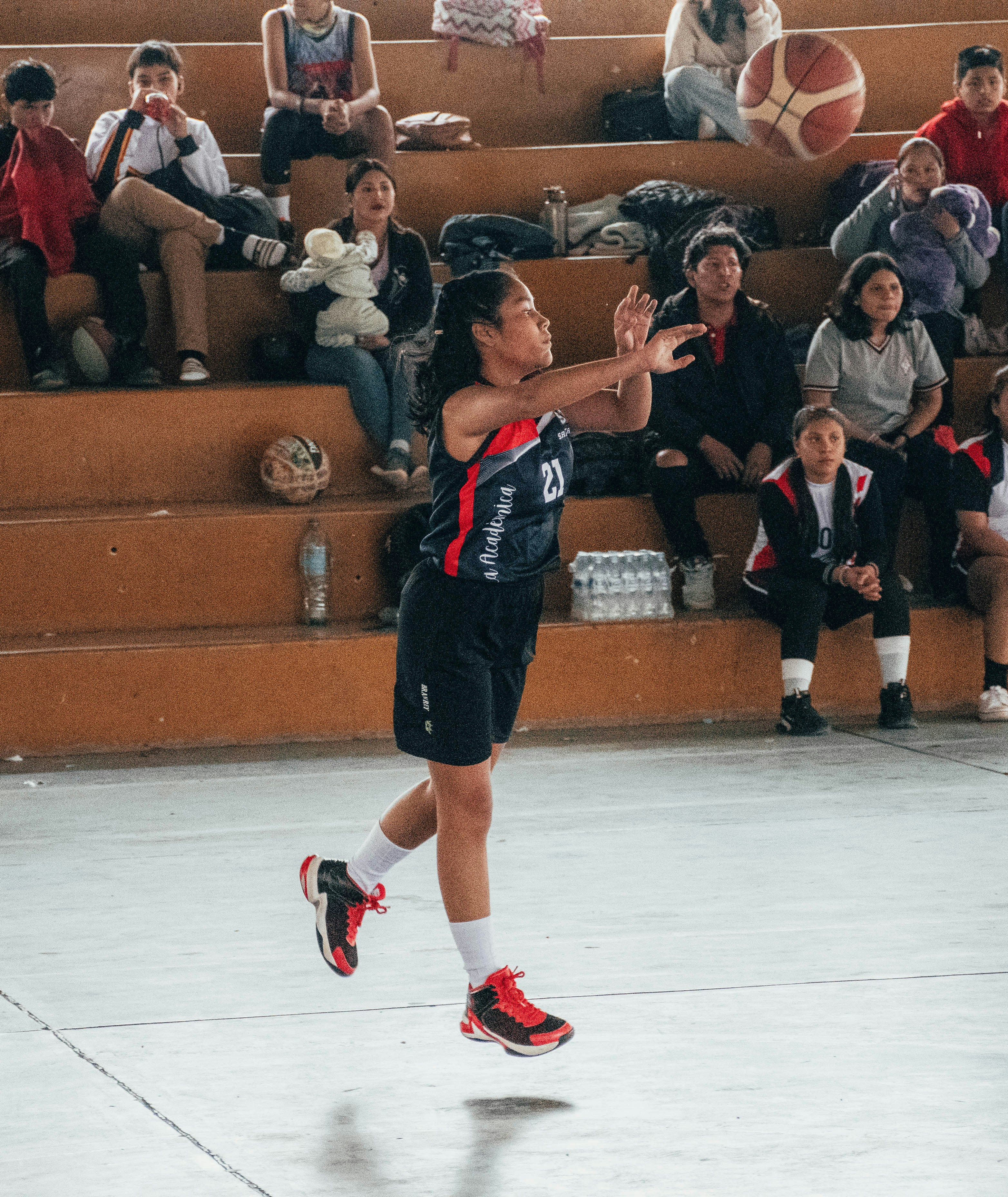The State of Physical Activity in Mexican Children and Adolescents: A Wake-Up Call
Published in Social Sciences, Public Health, and Behavioural Sciences & Psychology

The Big Picture: Low Grades in Movement Behaviours
This study is part of the Global Matrix 4.0 on Physical Activity for Children and Adolescents, which includes Report Cards from 57 countries worldwide. The report card graded 11 key indicators related to physical activity, active play, transportation, and sedentary behaviour. In Mexico, this initiative is named Boleta de Calificaciones sobre Actividad Física en Niños y Jóvenes . In the 2022 Mexico Report Card, all grades were low, meaning Mexican children are not moving enough to experience health benefits.
The Grades Are In
- Overall Physical Activity: 3/10 – Only 34.5% of kids meet recommended physical activity levels.
- Organized Sports Participation: 5/10 – Nearly half of kids (48.4%) participate in structured sports.
- Active Play: 4/10 – Between 35% and 75.8% of kids engage in active play outdoors.
- Active Transportation: 5/10 – About 54.1% of children walk or bike to and from school.
- Sedentary Behavior: 4/10 – 43.6% of children spend less than two hours per day in front of a screen.
- Sleep: 7/10 – 65-91% of children and adolescents of 10-year-olds and 17-year-olds get the recommended hours of sleep every night.
- Physical Fitness: 6/10 – 56-62% of children and adolescents aged 5-19 years old have healthy BMI values (body composition) for their age.
- Family Support: 7/10 – Between 65-67% of parents engage in 60 minutes of physical activity every day.
- School Infrastructure: 6/10 – Between 32-53% of public schools have physical education teachers.
- Community and Built Environment: 4/10 – Just 37% of neighbourhoods have sidewalks with trees.
- Government Policies: 6/10 – Several initiatives to promote activity exist, but their reach and impact are unknown.
Girls Are Left Behind
One of the most concerning findings is that girls are less active than boys. Less girls than boys participate in organized sports and physical activities, often due to cultural norms and fewer opportunities. The theme of the 2022 report card is “Girls Get to Play Too!”, emphasizing the need for improving opportunities for Mexican girls.

Why Does This Matter?
Regular physical activity is crucial for children's health and development. It promotes a healthy weight, improves mental well-being, and builds strong bones and muscles. However, modern lifestyles, urban infrastructure, and school policies are not effectively promoting movement behaviours.
What Needs to Change?
The report offers solutions to improve movement behaviours in Mexican children:
- Encourage Girls – Families and schools should ensure girls have the same opportunities as boys to engage in physical activity, sports, and play.
- Better Data Collection – More efforts are needed to track movement behaviours accurately.
- More Physical Education in Schools – Schools should provide quality physical education classes led by trained teachers.
- Invest in Safe Play Spaces – Communities should build parks, sidewalks, and bike lanes that are safe to use.
- Create a National Action Plan – Government efforts need coordination and clear accountability.
The Bottom Line
Mexican children and adolescents are not moving enough, and the consequences could affect their health for life. By making changes at home, in schools, and in communities, in Mexico is possible to help its youth lead healthier and more active lives.
The good news? It’s not too late to turn things around! It’s time to get moving for the health of the next generation.




Please sign in or register for FREE
If you are a registered user on Research Communities by Springer Nature, please sign in